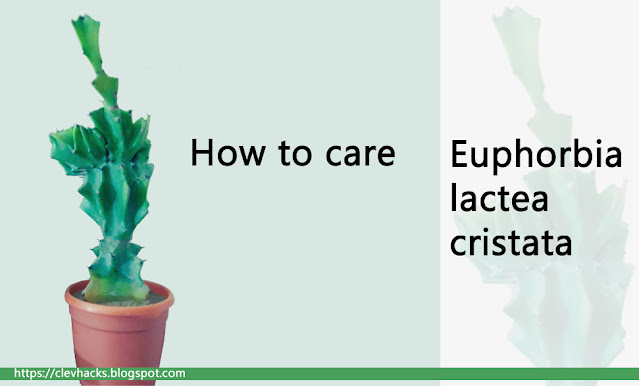Cacti are the perfect plant for the novice gardener. They are also the perfect specimen for a negligent gardener. The bunny ears cactus plant, also called angel's-wings, bunny cactus or polka-dot cactus, has ease of care combined with an original appearance. The thick pads of this plant are adorned with fuzzy glochids, or short bristles, that resemble the fur of rabbits and grow in pairs of ears. Even a beginner can learn to grow bunny-eared cacti and enjoy the plant's smooth appearance without much of the fuss typical of indoor plants.
Bunny ears cactus information
Bunny ears cactus (Opuntia microdasys) originated in Mexico and is an inhabitant of arid and desert areas. Growing bunny ears cacti is as simple as mimicking their native regional conditions. So if you have a dry, low-humidity home and lots of sun exposure, the bunny ears cactus plant might be the perfect plant for you.
Bunny ears form a plant 2 to 3 feet tall with a spread of 4 to 5 feet in their natural habitat. At home, it is a slow-growing plant that will likely reach 2 feet in height and be about the same width. It is an excellent container plant with 3- to 6-inch-long pads, which start out pinkish red and turn greener.
An interesting bit of information about bunny ears cactus is that it does not develop thorns. In its place, it grows glochids, which are small whitish-brown spines. These still have the ability to bite, so caution is advised when handling the cactus. If you're lucky, the plant can produce 2-inch-wide creamy yellow flowers in summer, followed by globular purple fruits.
Propagation
As with most succulents, you can start growing new bunny ears cactus plants with a pad pulled from the cactus. Be very careful when removing a leaf because glochids come off easily and are very difficult to remove from the skin.
Wear thick gloves or newspaper to pick up the pad. Allow the callus to finish for a few days and then insert into the cactus soil.
Soil and Container
Use a good cactus mix to grow bunny ears cactus, or make your own with 40% potting soil, 40% sand, and 20% peat. The pad usually takes root within a few weeks.
Bunny ears cactus requires a well-drained container for indoor use. An unglazed clay pot allows excess moisture to evaporate, which is one of the main causes of death for these plants. They can also grow outdoors, but they are only hardy in U.S. Department of Agriculture zones 9 through 11.
Irrigation
These plants are a gardener's dream for their low maintenance and interesting appearance. Water can be the cause of death of the plant but it needs constant moisture throughout the growing season. Water the plant when the first inch of the soil is dry. Allow the water to drain from the pot and wipe off any excess from the saucer. During the fall and winter, water lightly every 3-4 weeks.
Fertilization
Fertilize the plant in any other water period during the spring and summer with a diluted houseplant or cactus food formula.
Pest & Disease Control
Occasionally the plant will be plagued by pests such as mealy bugs and scale insects. Combat these with a cotton ball soaked in alcohol.
Bunny ears cactus should be replanted every 1 to 2 years. Wait at least a week after transplanting to water the plant. In addition to these steps, bunny ears cactus care is limited and the plant should reward you with its abundant pads and interesting features for years to come.








